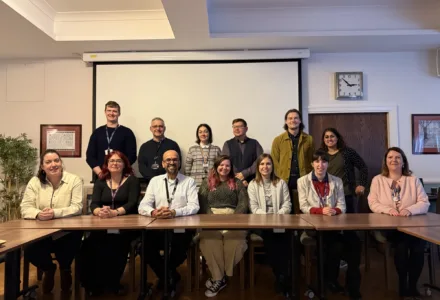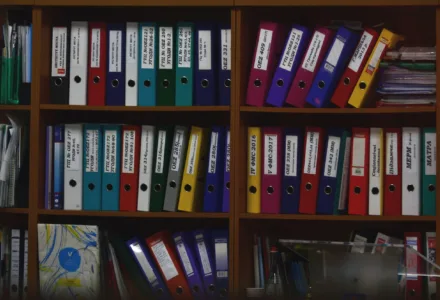Moving into the digital sphere is seen as an important milestone for established businesses. However, there are significant financial and logistic costs to digitisation. These costs tend to be invisible, and disclosed only when serious interest is expressed – what this leads to is that many businesses are not adequately prepared for the change.
What does going digital mean?
For businesses, going digital can mean a lot of things – from switching to an electronic-first filing system to installing a CRM program to making all their operations online. Often, the process includes the replacing of out-of-date technology, or the updating of security processes (for example, when faxing is no longer an option, switching to electronic signatures).
Sometimes, going digital also means scanning your paper archives to create a back-up, or even to replace a paper archive with a cloud-based one.
What stops companies from going digital?
Most often, it is the cost that makes companies hesitate, particularly if going digital involves the purchasing of multiple new pieces of kit. This is exacerbated because a lot of purchases have “add-on” costs: a new computer might also need a new operating system (which requires a separate license), anti-virus software, time needed to train employees on it, any costs associated with setting the computers up and conducting maintenance, upgrading the printing system (or indeed, the faxing system), and the purchase of any specialist equipment or software that your office might need as part of your work.
The cost of one small aspect of a digitisation process can exceed the cost of the one piece of kit many times over. This means a lot of small companies tend to get priced out.
However, herein lies the rub: the longer a company waits, the more expensive the process becomes.
Take faxes for example: once an office staple, they have now disappeared from all but the most traditional of companies. A business can still use faxing to do its transactions, but with the machines becoming more rare, the enterprise might have to invest in scanners and appropriate software to ensure their operations continue no matter what the setup of their partners is. The fax machines, meanwhile, become more and more expensive to maintain, as suppliers change business models and parts become harder to find. In the end, the business may spend tens of thousands of pounds more than they would have if they undertook the change in phases.
Paper archives, who needs to digitise those?
Paper archives are an example of something where a phased digitisation approach would have be useful, but it is rarely the first item on a company’s priority list. Which is a shame because as far as priorities go, there are significant benefits to having a digital archive.
While physical filing is important, a digital archive is often easier to search and organise. It also takes up less space, allowing enterprises to use their offices more efficiently. For any older companies, or anybody working in historic archives and heritage, having a digital archive allows more people access to important documents without further contributing to the decay of the documents. For certain kinds of documents, creating access to them can be a valuable income stream.
Unfortunately, paper record digitization – particularly for books – carries some of the highest overheads, as seen by this 2010 report on the Cost of Digitizing Europe’s Heritage (nickpoole.org.uk/wp-content/uploads/2011/12/digiti_report.pdf). The sort of equipment necessary for the scanning of bound archival items carries a high cost, and is often passed onto the client. Furthermore, the time, skills, and training necessary to do some of the higher-level archival work is such that it is rare to find specialists who can do such projects outside of libraries and professional archives.
What sort of digitisation can be done at LORIC?
We have both Atiz Bookdrive ‘Elite’ Mark II , and a fast throughput scanner that can digitise almost all A4 and A3 paperwork. This means that we can do most digitisation that a company might need, as well as some archival book scanning for bound volumes. (Stay tuned for examples of our work and testimonials from clients.)
While we don’t have the staff (yet) to do high-level historic book scanning, we are happy to make our facilities available to interested libraries who might want to use them.
Interested? Get in touch at loric@bishopg.ac.uk and we’ll be happy to tell you more.
Related Posts

Visits to BGU from Innovate UK

LORIC Wraps Up Successful SED Project

Innovate UK’s East Midlands Knowledge Exchange Forum hosted on BGU campus!

Understanding the Economic Impact and Future Potential of Greater Lincolnshire’s Sport, Physical Activity & Leisure Sector

LORIC Wins Venue of the Year Award

Digitising the Archive of the 20th Century Philosopher John Macmurray
